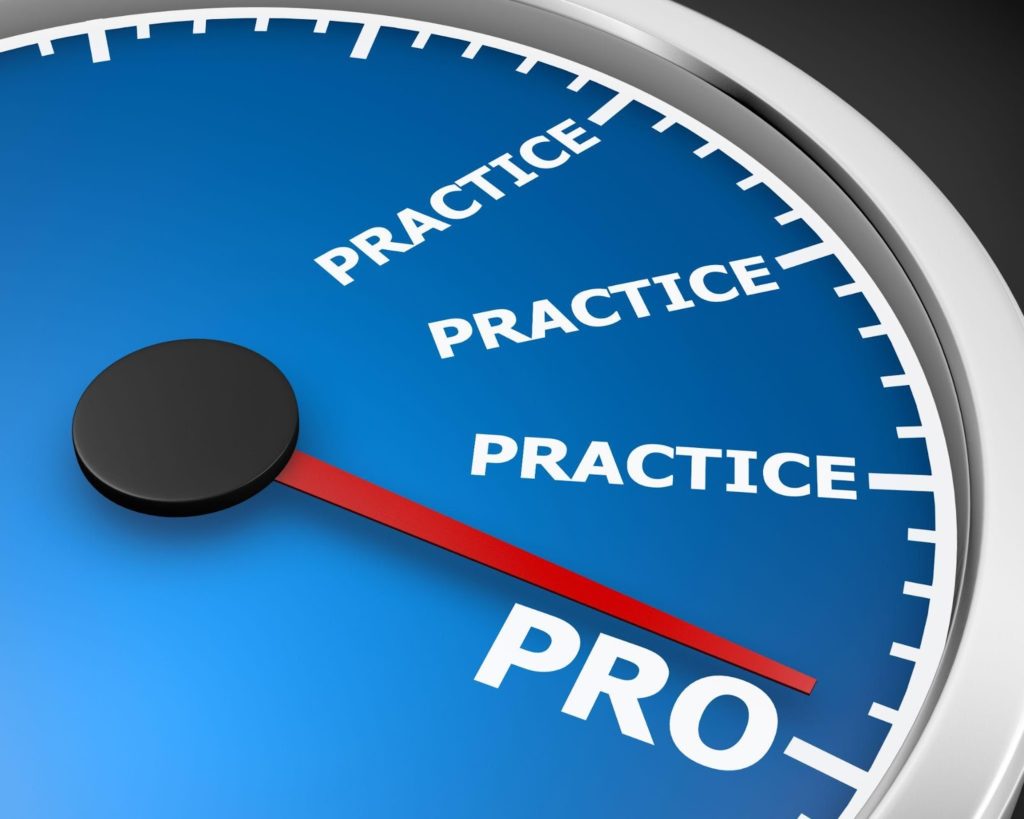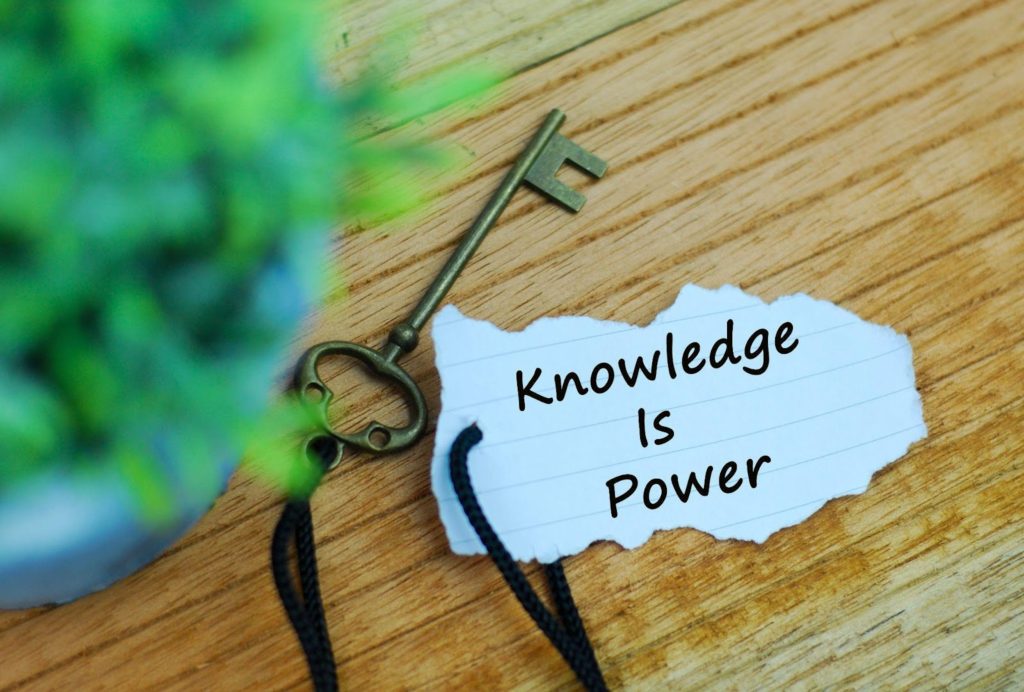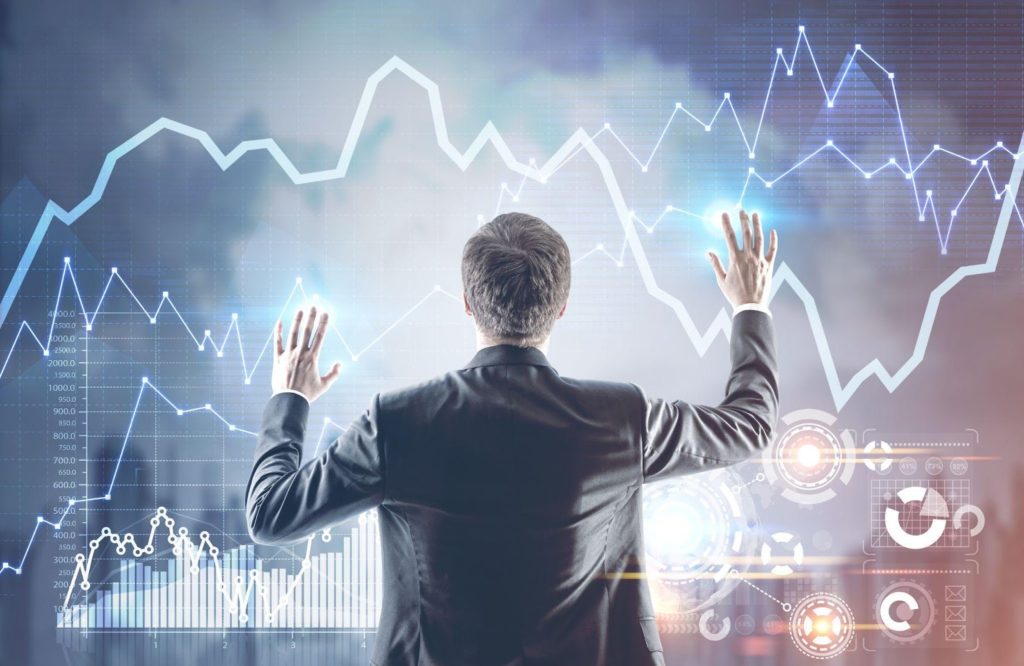Many people think the only way to learn to trade is to put your money on the table and go for it.
But that’s not true and it could be detrimental to your development.
It takes time to discover your strengths, how you handle the emotions, and everything else that goes into putting money on the line.
That’s why I’m a believer in paper trading first.
Beginners (and unprofitable traders) can use it to hone their skills and gain valuable knowledge before putting money at risk.
Most traders fail before they can ever get off the ground.
To help you avoid making those same mistakes, I’m sharing the best practices for “paper” trading.
What Is Paper Trading?
Paper trading is in essence a way to practice trading before putting real money at risk.
Back in the day, traders would actually use a piece of paper to track their “fake” trades, hence the name paper trading.
They could practice or test a strategy by writing down the symbol, time, price and whether bought or sold… then track the trade and write down the same details for the closing order.
This would in effect give them a way to see if their strategy would be successful.
Thanks to technology you don’t have to painfully track trades on a piece of paper anymore.
Now we have trading simulators that replicate a real trading environment.
With these new “paper trading” accounts, you can trade in a real-time simulated environment using the same trading platform you would with real money.
You still hit the keys and place orders in real time with real market data, but it’s just fake money.
This offers a much more lifelike experience and is definitely an advantage for traders starting out today.
Importance of Paper Trading
Knowing how to spot your trades is great, but nothing can prepare you to actually buy and sell in real life. The simulated environment of a paper trading account is as close as it gets.
Paper trading lets you test your trading strategy in a real-time environment, with real market data.
This gives you a way to test your strategy and trading skills without the risk.
It also gives you the opportunity to learn the ins and outs of the trading platform.
Accidentally buying when you meant to sell or putting an order in at $1 instead of $.01 can be devastating.
Therefore, getting familiar with the trading software is an important step to going live.
Real money = Real stress. If you have traded before then you know exactly what I’m talking about. If not, you’ll find out really quickly when you make your first trade.
Being able to practice without the same real-money stress can help you make more informed decisions and become more systematic with your decisions.
You don’t have to trade real money until you are ready.
Paper trading helps you know when that is.
How To Make It Count
As far as where to open one…pretty much anywhere. If you search google, they are all over with plenty of free options.
I suggest using the broker you will use once you go live. This fits with the benefit of learning the trading platform now, so you don’t make little order entry mistakes when it counts.
If you plan to trade, then you need to have a strategy you are testing out.
Don’t just go in and buy and sell based on a non-repeatable format. That won’t get you anywhere especially with the lack of emotions with fake money.
Plan your trades and trade your plan. Just like in real trading, you must always have a plan.
Before going into a trade, you should know your buy, target, stop, number of shares, whether you will scale out etc.… anything that you might do needs to be planned…
And then stick to the plan.
Things to Keep in Mind
First off, the emotions are not the same.
Don’t think just because you made money in a fake account that it will be as easy when you trade live.
The point is to prepare you as much as possible, but nothing can actually give you the same experience as trading real money.
Slippage/ real fills/ spreads – The other drawback is the fact that you won’t face some of the same pitfalls as live trading.
When you place the order in a simulator, you will get filled as long as the market shows that price.
But in real life, you could be sitting with a buy order at $1 but it didn’t get filled…even when the tape printed at $1.
For example, there could be a total of 1 million shares on the bid and it only printed 100k shares.
That leaves the other 900k sitting there, so it’s possible to have an order not get filled when the stock actually traded at that price.
But in a fake account it will auto fill you if the price is printed because you aren’t actually in the market, so it’s the benefit of the doubt.
Same goes for slippage. When a stock hits your stop loss order and “slips” .50 on you in real life…
This happens when there is a large amount of sell stop orders in the same place. When the stops trigger, there becomes an imbalance and sends the price whipping down until all the market orders get filled.
Again, your simulated trade would have gotten the actual stop price regardless of slippage, misleading you to the opportunity of that trade.
Final Thoughts
Paper trading is the best way to prepare for the real thing.
Start with learning a strategy and then apply that to paper trading.
Follow all of the same rules as if you were trading live…
And once you have shown you can trade a strategy with great skills, only then should you take it live.
There will be a different feeling as you get into real money.
But with the time you spent paper trading, you will be able to adjust to it much quicker.
Paper trading is an almost essential step to becoming a highly skilled trader, so take it seriously and learn as much as possible during your time in simulation.







1 Comments
Paper trading for about a year and up until November 2020 and contracted Covid and fell off the trading wagon for a couple of weeks and haven’t gotten back yet. Retiring soon and plan to begin paper training again in January in the messages about thanking you for reinforcing the importance and how critical it was and always will be so. Thank you